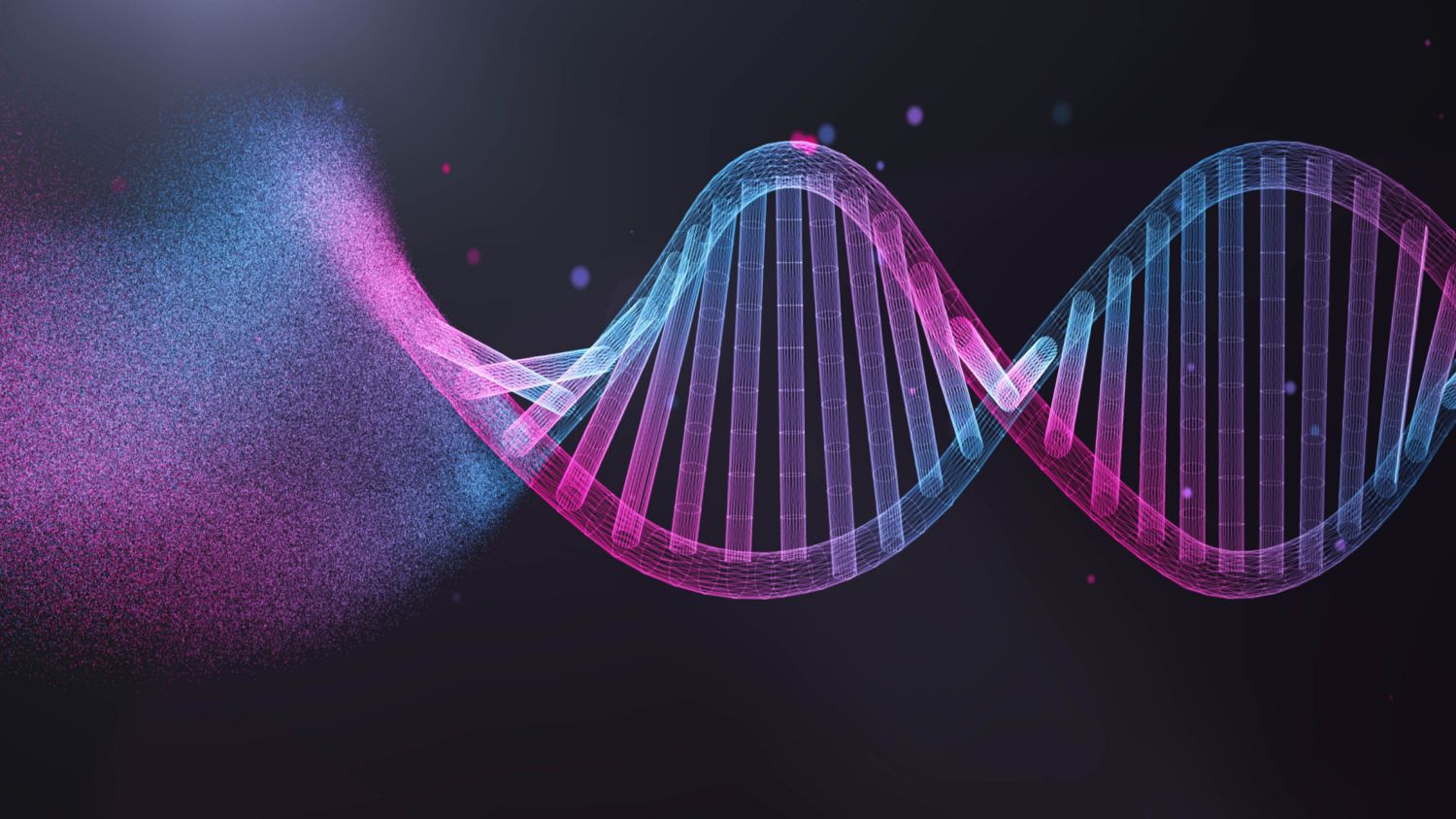Worlds Knowledge in Your Pocket.
"Share your knowledge. It is a way to achieve immortality." by Dalai Lama
Worlds Knowledge in Your Pocket.
"Share your knowledge. It is a way to achieve immortality." by Dalai Lama

The study of phylogenetics, or the evolutionary relationships between species, is a complex and ever-evolving field. One tool used in phylogenetic analysis is cladistics, which is a branch of phylogenetics that deals with the classification of organisms. It is based on the idea that evolutionary relationships can be best understood by identifying shared derived characters.
In other words, it compares the similarities and differences between species in order to group them into families, orders, etc. This methodology was made possible by advances in DNA technology, which allowed for a more detailed and accurate analysis of evolutionary relationships. In this article, we’ll take a closer look at how DNA technology led to the use of cladistics in phylogenetic analysis.
Cladistics is a branch of phylogenetics that deals with the classification of organisms. It is based on the idea that evolutionary relationships can be best understood by identifying shared derived characters. In other words, it compares the similarities and differences between species in order to group them into families, orders, etc. This methodology was made possible by advances in DNA technology, which allowed for a more detailed and accurate analysis of evolutionary relationships.
In order to understand how DNA technology led to the use of cladistics, it is first necessary to understand what cladistics involves. Cladistics is based on the idea of shared derived characters, which are characters that are shared by two or more species and that are not present in their most recent common ancestor. These characteristics can include anatomical features, like the presence or absence of wings, as well as molecular features, like specific amino acid sequences in proteins.
Once these derived characters are identified, researchers use them to construct phylogenetic trees or cladograms that show how different species are related to each other. This process of constructing phylogenetic trees is called cladistics, and it is based on the principle of parsimony, which says that the simplest explanation is usually the correct one.
DNA technology has played a vital role in the development of cladistics. In the past, phylogenetic analysis was limited to the study of anatomical features, which could be difficult to interpret. For example, two species might share a derived character, but it was not always clear if this character was truly shared or if it had just evolved independently in both species.
DNA technology has allowed researchers to overcome this problem by providing more detailed and accurate information about evolutionary relationships. Thanks to advances in technology, it is now possible to sequence the DNA of different species and identify specific regions that are likely to be shared by all organisms within a given group. This allows scientists to more confidently assign derived characters to clades, or groups of organisms that share an evolutionary history.
As a result, cladistics has become an increasingly important tool in phylogenetic analysis, and it is likely to remain a key part of this field in the future.
There are several reasons why cladistics is such a useful tool in phylogenetic analysis:
While cladistics offers a number of advantages in phylogenetic analysis, it is not without its drawbacks. Here are some of the main issues that have been raised:
The field of phylogenetics is constantly evolving, and new discoveries are being made all the time. As DNA technology continues to develop, it is likely that even more accurate and reliable results will be obtained. This, in turn, will allow researchers to create more accurate and comprehensive phylogenetic trees.
In addition, cladistics is likely to remain an important part of phylogenetic analysis in the future, as it provides a standardized framework for identifying shared evolutionary relationships. With this in mind, it is clear that both phylogenetics and cladistics will continue to play an important role in this field in years to come.
Overall, then, DNA technology has had a major impact on the field of phylogenetic analysis, and it is likely to remain a key part of this field in the future. Despite some drawbacks such as computational requirements and interpretability issues, cladistics will continue to be an important tool for researchers looking to better understand evolutionary relationships between different species.
DNA technology has had a major impact on the field of phylogenetic analysis, and it is likely to remain a key part of this field in the future. Thanks to the continued development of DNA technology, researchers are able to obtain more accurate and reliable results than ever before. In addition, cladistics is likely to remain an important tool for phylogenetic analysis in the future, as it provides a standardized framework for identifying shared evolutionary relationships. With this in mind, it is clear that both phylogenetics and cladistics will continue to play an important role in this field in years to come.
Also Read: Which Technologies Combine to Make Data a Critical Organizational Asset?